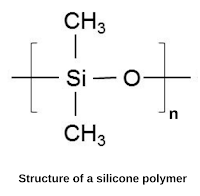Crime Scene: Definition, Types and Characteristics

What is a Crime Scene ? A place where the crime is committed or where the maximum physical evidence related to crime is found is known as a crime scene. A crime scene is a starting point of the investigation which provides information about the suspect and the victim. This helps to reconstruct the crime and fast resolution of the case. It is noted that the crime scene is not limited to a single place but may extend to a wider area depending upon the nature of the crime committed. For example, In a murder case where murder is done at one place and the body is disposed on another place. In this case, we have two crime scenes that give information about the crime. Types of Crime Scene Based on evidence found on the crime scene: 1. Primary Crime Scene The crime scene where the actual crime occurred or where more usable pieces of evidence were found is known as the primary crime scene. For example, A murder scene, theft, assault, etc. 2. Secondary Crime Scene The crime scene which is some...

